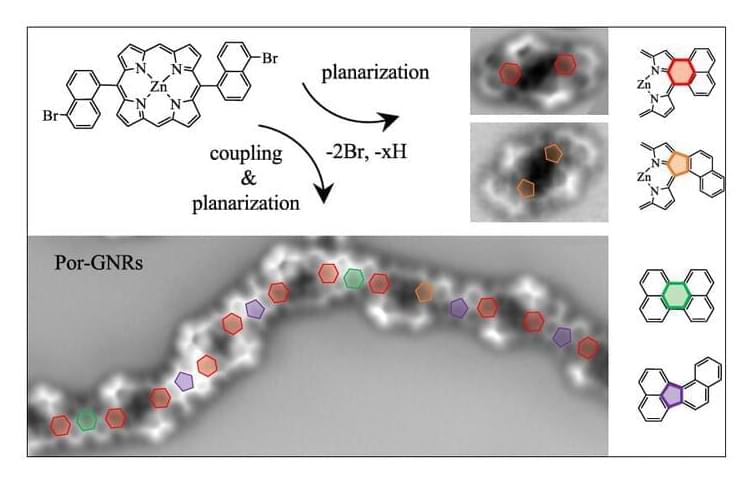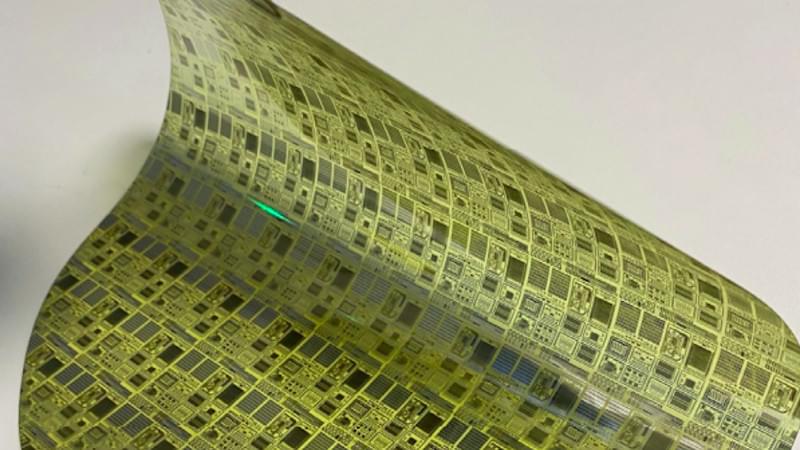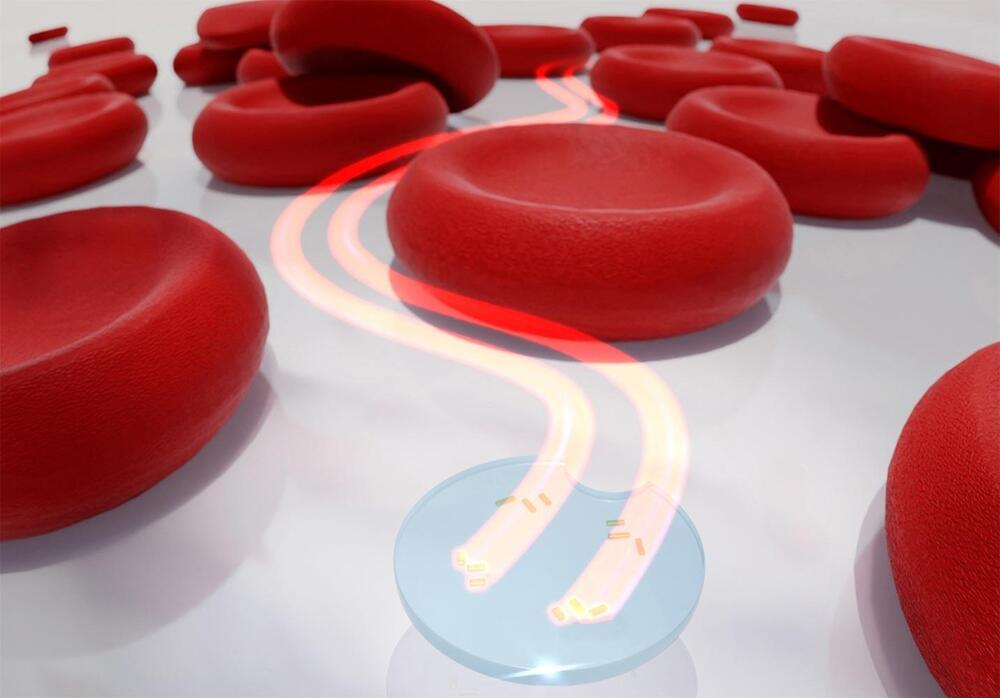Programmable quantum processors for continuous-variable systems are defined, and investigated in view of their memory requirements, linking universal processors to their discrete counterparts, and deriving upper and lower bounds on the programmability of Gaussian transformations of Bosonic modes.
Threat analysts have discovered a recent malware distribution campaign using PDF attachments to smuggle malicious Word documents that infect users with malware.
The choice of PDFs is unusual, as most malicious emails today arrive with DOCX or XLS attachments laced with malware-loading macro code.
However, as people become more educated about opening malicious Microsoft Office attachments, threat actors switch to other methods to deploy malicious macros and evade detection.
On-surface synthesis made the fabrication of extended, atomically precise π-conjugated nanostructures on solid supports possible, with graphene nanoribbons (GNRs) and porphyrin-derived oligomers standing out. To date, examples combining these two prominent material classes are scarce, even though the chemically versatile porphyrins and the atomistic details of the nanographene spacers promise an easy tunability of structural and functional properties of the resulting hybrid structures. Here, we report the on-surface synthesis of extended benzenoid-and nonbenzenoid-coupled porphyrin–graphene nanoribbon hybrids by sequential Ullmann-type and cyclodehydrogenation reactions of a tailored Zn(II) 5,15-bis(5-bromo-1-naphthyl)porphyrin (Por(BrNaph)2) precursor on Au(111) and Ag(111).
The Thin-Film Flexible 6502
Posted in computing, electronics
While our attention is mostly directed towards ever smaller-integrated silicon circuits providing faster and faster computing, there’s another area of integrated electronics that operates at a much lower speed which we should be following. Thin-film flexible circuitry will provide novel ways to place electronics where a bulky or expensive circuit board with traditional components might be too expensive or inappropriate, and Wikichip is here to remind us of a Leuven university team who’ve created what is claimed to be the fastest thin-film flexible microprocessor yet. Some of you might find it familiar, it’s our old friend the 6502.
The choice of an archaic 8-bit processor might seem a strange one, but we can see the publicity advantage — after all, you’re reading about it here because of it being a 6502. Plus there’s the advantage of it being a relatively simple and well-understood architecture. It’s no match for the MHz clock speeds of the original with an upper limit of 71.4 kHz, but performance is not the most significant feature of flexible electronics. The production technology isn’t quite ready for the mainstream so we’re unlikely to be featuring flexible Commodore 64s any time soon, but the achievement is the impressive feat of a working thin-film flexible microprocessor.
Meanwhile, if you’re curious about the 6,502, we took a look at the life of its designer, [Chuck Peddle].
Do the laws of physics place a hard limit on how far technology can develop, or could an advanced civilization re-write those laws?
There’s a mysterious X-ray source and other unknowns in this Hubble telescope photo of the Needle’s Eye galaxy.
We have all had the experience of one of our electronic devices overheating. Needless, to say that when that happens, it becomes dangerous both for the device and its surroundings. But considering the speed at which devices work, is overheating avoidable?
A 740 percent increase in power per unit.
Researchers at the University of Illinois at Urbana-Champaign (UIUC) and the University of California, Berkeley (UC Berkeley) have recently devised an invention that could cool down electronics more efficiently than other alternative solutions and enable a 740 percent increase in power per unit, according to a press release by the institutions published Thursday.
The sunrise SpaceX Starlink launch included dazzling views of the sun and moon.
A stunning SpaceX Starlink satellite fleet launch on May 18 included amazing views of the moon and sunrise.
A hand-held laser pointer produces no noticeable recoil forces when it is “fired” — even though it emits a directed stream of light particles. The reason for this is simply because of its relatively enormous mass compared to the very tiny recoil impulses that the light particles cause when they leave the laser pointer.
However, it has long been clear that optical recoil forces can indeed have a significant effect on correspondingly small particles. For example, the tails of comets point away from the Sun partly due to light pressure. The propulsion of light spacecraft via light sails has also been discussed repeatedly, most recently in connection with the “starshot” project, in which a fleet of miniature spacecraft is to be sent to Alpha Centauri.
This week, the U.S. Department of Energy (DOE) announced a multibillion-dollar program to develop carbon dioxide removal technologies.









